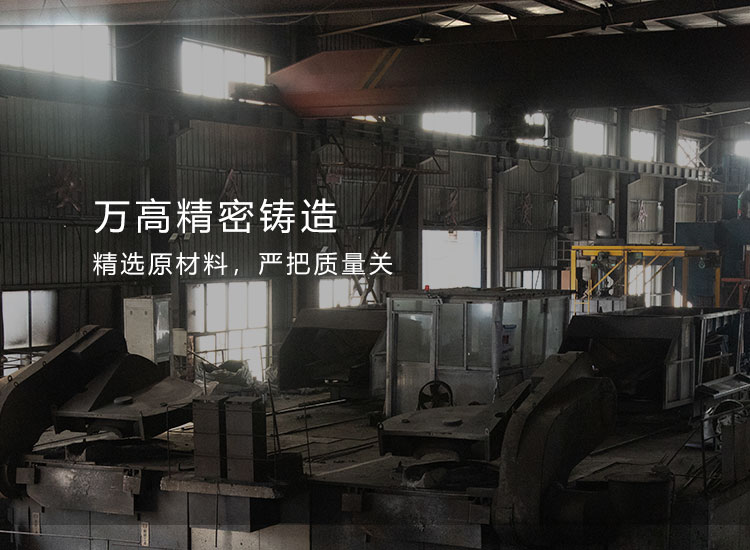

 Application
Application Application
ApplicationThe production of electric motors in our country began in 1917, and the industry has already formed a relatively complete industrial system domestically. With the development of electricity, China's electric motor manufacturing industry has shown great vitality, with significant improvements in production and sales scale and economic benefits. From 2005 to 2011, the sales revenue of China's electric motor manufacturing industry grew at an average annual rate of 36.92%. Except for 2009, when the manufacturing industry was generally affected by the financial crisis and the year-on-year growth rate of electric motors dropped to 11.20%, in other years, the market size growth rate of electric motors in China was at a relatively high level, with a year-on-year growth rate of over 20%. Even though the development speed of China's manufacturing industry generally slowed down in 2011, the year-on-year growth rate of electric motors still reached 21.87%. Motor manufacturing enterprises should establish their own brands, focus on high-end products, expand overseas markets, ensure product quality and after-sales service, and develop into new fields such as aviation, navigation, military, nuclear power, and special motors in order to stand undefeated in the fierce market competition. About 70% of the total electricity consumption in society is consumed in the industrial sector, and the power consumption of industrial motors accounts for 70% of the entire industrial electricity consumption. There are two main ways to improve motor efficiency: through a frequency converter, AC motors can improve operational efficiency; The second is to use efficient motors. Different frequency converters are the main energy-saving devices in the industrial field, with energy-saving efficiency generally above 30%, and in some industries even up to 40% -50%. The market application proportion of high-efficiency motors is still relatively low, but with the support of lower energy efficiency standards and subsidy policies, the market application proportion of high-efficiency motors will significantly increase in the future. From January to December 2012, China exported a total of 3.096 billion electric motors and generators, a decrease of 8.2% compared to the same period in 2011. The cumulative export value reached 9.224 billion US dollars, a year-on-year increase of 5.0%. In December, the export volume of electric motors and generators in China was 274.8 million units, with an export value of 818 million US dollars. In terms of investment, one should plan ahead before favorable policies are introduced. The market application proportion of high-efficiency motors is still relatively low, but with the support of lower energy efficiency standards and subsidy policies, the market application proportion of high-efficiency motors will significantly increase in the future. The motor system includes control devices, electric motors, driven devices, transmission devices, and pipeline loads, and is a complex system involving multiple disciplines, specialties, and fields. Strategic emerging industries, contract energy management policies, market-oriented energy-saving and environmental protection service system construction, comprehensive utilization and remanufacturing of resources, and promotion of energy-saving products for the benefit of the people have brought significant opportunities for the development of the motor industry, and related motor manufacturers and supporting enterprises have also ushered in market growth potential for product updates and replacements. Especially to adapt to the trend of energy-saving technology innovation in the low-carbon economy era, high-efficiency motors have gradually become the mainstream of the future market. The annual electricity consumption of electric motors in China exceeds 2 trillion kilowatt hours, accounting for about 60% of the national electricity consumption and 80% of industrial electricity consumption. The energy consumption of high-efficiency motors is 20% to 30% lower than that of ordinary motors, but the market share of high-efficiency motors in China is only 10%. Therefore, vigorously promoting high-efficiency motors will have certain significance for the country to promote energy conservation and emission reduction, and its potential market opportunities are also beginning to emerge.